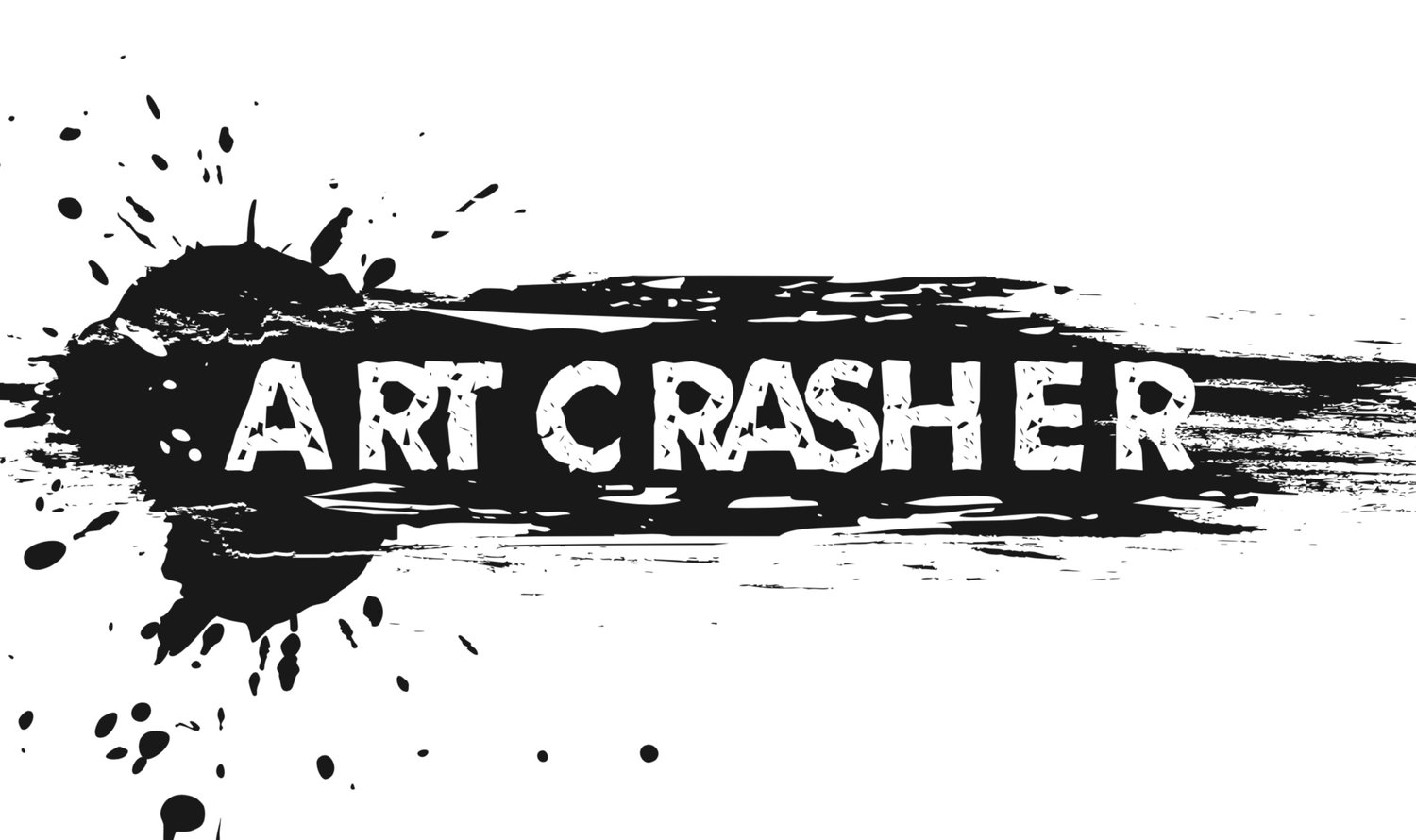When artist Simon Aldridge walked out of his studio 15 years ago, he could have never guessed he wouldn't be returning. It was September 10, 2001 and Aldridge had spent the night working at his studio on the 91st floor of the North Tower of the World Trade Center. The Lower Manhattan Cultural Council (LMCC) was running an art residency on the 91st and 92nd floors of the tower. The program provided emerging artists with studio space for six months. "The studios were 15,000 square feet. They felt raw", Aldridge recalls. " The beams were exposed and there were no walls. Those floors had never been occupied before. I remember those windows and the view. On a clear day you could see the bay of New York. You could see Manhattan, New Jersey and Long Island."
On that evening Aldridge was working alongside Michael Richards. "There were wall partitions to break up the space and artists were paired up to share the space. I was paired with Michael." Michael Richards, a Jamaican-American sculptor, arrived in the studio after 5pm and was joined by fellow artists Monika Bravo and Jeff Konigsberg.
Artist Michael Richards
For Bravo,it was not just the interior of the building that was impressive,but also the elements around it."The most incredible thing was the sound of the wind. The wind became, not a person, it was an entity. It was there all the time. You could feel it. You could hear it. I never liked staying there alone. It was a very spooky place."
Bravo, who is known for her video installations, thought "Wouldn't it be great to have a studio in the World Trade Center where you can be above everything and have all these clouds passing by every moment?" To her disappointment the summer of 2001 was a hot and humid summer of clear blue skies. It wasn't until the night of September 10th that Mother Nature gifted her a thunderstorm. Bravo spent 7 hours filming the storm.
Konigsberg remembers that night vividly. "We were inside of this thunder storm. There was lightning all around us and all these different colors in the clouds while the lightning was aglow." In Konigberg's mind's eye it is not the image of that thunderstorm that he draws upon when he thinks of the night of the 10th. It is the memory of leaving the studio that has remained with him for the past 15 years. "I remember (Michael Richards) took a mattress or a sleeping bag and put it on top of his table because that is where he was going to sleep. He had to work at the Bronx Museum the next morning. I said 'I'll see you later'. He said 'Yup, I'll see you later'".
Artist Michael Richards
Bravo was planning on spending the night as well. She wanted to stay the whole night to make a "24-hour video, but my husband Juan called me around 11pm and suggested I go home because...I had no water and sleeping over would be very uncomfortable." And so Bravo took the tape of her thunderstorm coverage out of her camera and returned home to Brooklyn. The tape would later become her film "Uno nunca muere la vispera", roughly translating to "One cannot die on the eve, one never dies before it's time."
Tar Baby vs.St.Sebastian by Michael Richards
A body of Richard's work is currently on display at the Arts Center on Governors Island. Greeting visitors is Richard's best known piece "Tar Baby vs.St. Sebastian" (1999). The sculpture, made to look like a pilot, is a steel cast of Richard's own body with multiple small airplanes crashing into it. The piece evokes goosebumps as visitors walk past it and are then embraced by the Manhattan's skyline upon exiting the gallery. Suddenly other prominent skyscrapers fade into the background and the new World Trade Center stands alone.
"The idea of flight relates to my use of pilots and planes," Richards once shared. "But it also references...the idea of being lifted up, enraptured or taken up to a safe place-to a better world."










